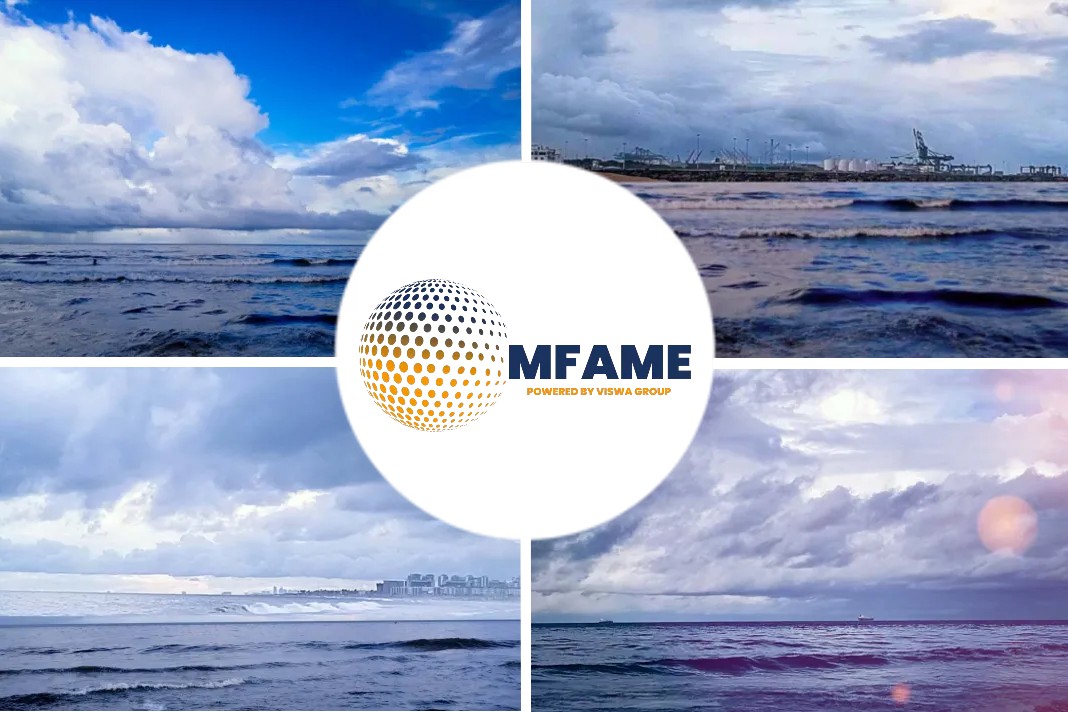- Bunker prices at key bunkering hubs hit historical high of $1,125.50/mt
- Marine fuel costs have risen 679% over the past 7½ years
- Price jump this year larger than during any previous event over the last decade
Bunker prices
When considering historical bunker prices, we must take into account that IFO380 was the dominant bunker choice prior to January 1, 2020 and VLSFO afterwards. The above graph, and this analysis, uses combined prices on that basis from Ship & Bunker’s “G20” average bunker price index for 20 leading global bunkering ports.
Looking at that index we can see that bunker prices have been reaching new record highs for much of this month so far reaching a historical peak of $1,125.50/mt on Tuesday June 14. That compares with an average of $871.50/mt for 2022 so far and one of $544/mt for 2021.
The lowest price point over the last 10 years was witnessed on January 20, 2016 when the average (HSFO) bunker price was just $144.50/mt. That means over the last 7½ years bunker prices have risen 679%.
War
This year’s surge has been largely driven by the Russian invasion of Ukraine, with Russia’s oil exports slowly being phased out of much of the global market. Also playing a role is the steady increase in activity at Asian ports as they recover from the COVID-19 era.
It’s worth noting that as well as prices being at record highs, this year’s rate of increase in prices has also surpassed many traumatic market events seen over the past decade that were occasion to much more concern and debate in the industry.
The current strength across multiple shipping segments, with containers in rude health since the COVID-19 pandemic emerged and dry bulk and tanker markets boosted by Russian-flagged vessels being blocked from much of the international trade, means 2022’s price rises have been swallowed without major complaint from the shipping industry thus far.
VLSFO index
The G20 VLSFO index averaged $840/mt in January-May of this year, up by 69.4% from the same period of 2021.
For comparison, the index’s average of $511/mt in the first three months of 2020, at the chaotic height of the IMO 2020 transition, was only 22% over the Q1 2019 average G20 price for HSFO — then the dominant bunker grade.
Equally, the 2020 crude price crash took only 45.8% off the G20 average VLSFO price between the first and second quarters of that year.
The 2014 crude crash, which led on to the collapse of OW Bunker the following year, cut the G20 average HSFO price by 34.8% between the second half of 2014 and the first half of 2015.
And because of that crash, after the introduction of the European 0.10% sulfur ECA in 2015, shipowners at Rotterdam were paying on average 9.7% less for MGO at the Dutch port in the first quarter of 2015 than they had been for HSFO in the same period a year earlier.
Did you subscribe to our daily Newsletter?
It’s Free! Click here to Subscribe
Source: Ship and Bunker

















